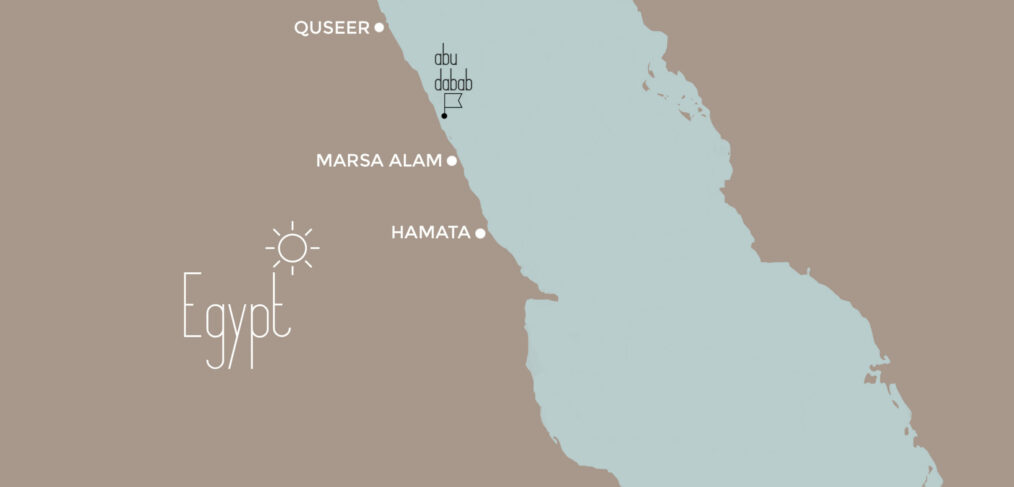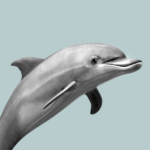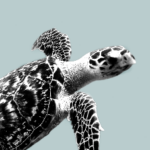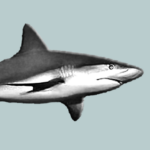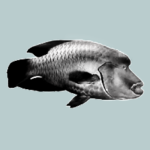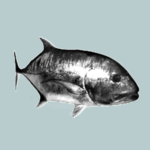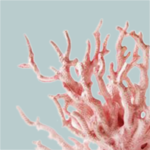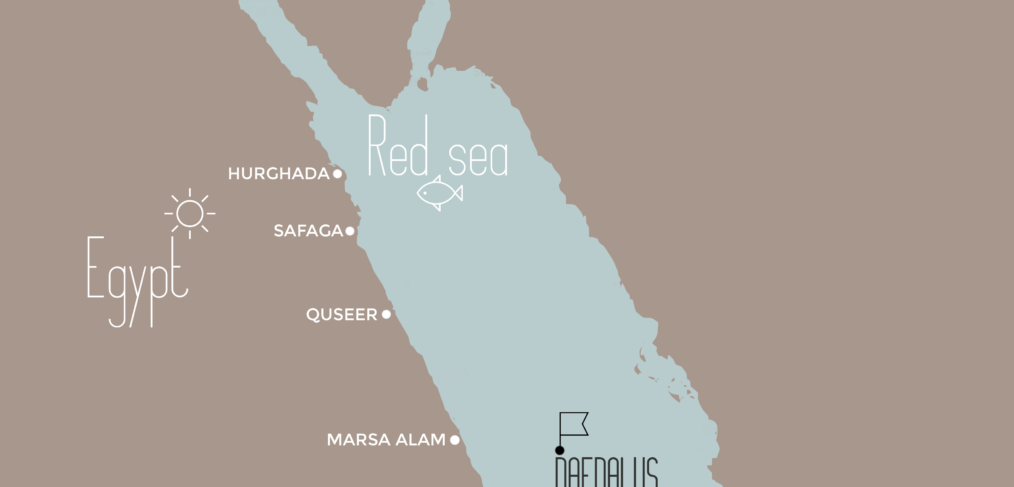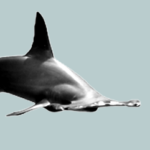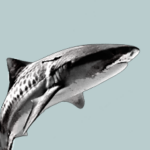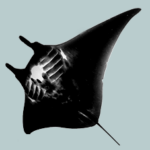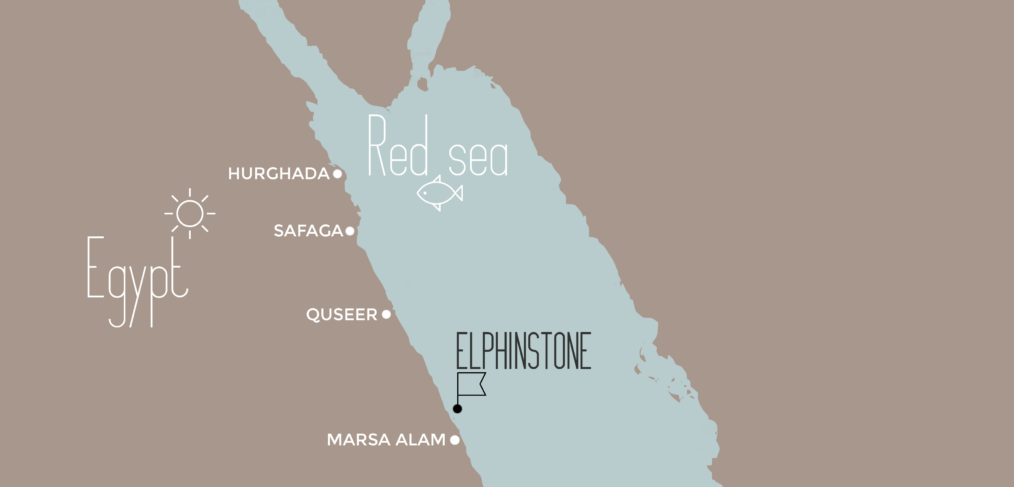Abu Dabbab – About half way between Port Ghalib and Marsa Alam and 4 km off the Egyptian shoreline, lies Abu Dabbab, 6 different reefs lying just below the water’s surface. Each of the reefs represents one of the 6 “Father’s stepping stones”, as the name translates into English. You will not be able to cover all 6 reefs in one dive. The most popular and more enjoyable sites are the 2 most eastern of the group of 3 reefs at Abu Dabbab North, known as Ithnain and Thalata.
The site(s) does not reach a great depth (18-20m maximum) and can therefore be enjoyed by divers of all levels. Abu Dabbab requires drift diving and the choice of jumping in to the north or south of the site is done after the direction of the current has been checked by the divemasters. Usually the current runs from south to north and can be strong on certain days. The current is not caused by the tides, but due to the thermoclines generated by hot water meeting cold water.
Once in the water the first impression, as wit most Red Sea dive sites, is always of having been dropped in an aquarium, with such good visibility of not less than 20-25m. While descending, the view from above the reef is amazing and gives a good idea of the geological elements the site is made of – a bottom of white sand, with patches of hard coral gardens scattered all over the place, with the 2 pinnacles opposing each other and about 40m apart.
These 2 bommies are really important for the dive as they offer shelter from any current. It is essential to proceed at a slow pace, allowing time for the eyes to focus on all the small fish hanging around the hard corals. Oman and Red Sea anthias are often seen in aggregations over the rugged rocky bottoms. Colourful butterflyfish, such as the masked butterflyfish or the orangeface butterflyfish, and chequerboard wrasse are just a few of the hundreds of fish adding colour to the dive site. As the bottom is shallow, it is easy to see blue-spotted stingrays hiding from predators and scuba divers, using the acropora coral branches as shelter.
As you proceed into shallower water and half way into the channel at a depth of 13m lays the remains of a dive boat once known as the Heaven I, which sank in 2003. The story, probably embellished by rival companies, is that a German group emerged from a dive to see their liveaboard in flames with the crew abandoning ship. The liveaboard sank and is now a dive attraction itself, visited by Red Sea liveaboards, although possibly not those of the Heaven fleet. Nowadays there is not much left except the steel hull now encrusted with coral and 2 engines still visible and in a good condition.
Back in the shallows on the south side of Ithnain reef, the smaller and more northerly of the 2 reefs, there are an interesting series of caverns and swim-throughs to explore. The entrance is at 4m and inside the concavity of the reef wall. The larger Thalata reef also has some tunnels on its south side but these are narrower and wide branching and therefore only suitable for advanced divers.

